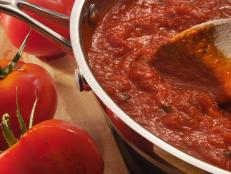What Is Fond? And How to Use It to Make Sauces
Hint: it's the start of a good steak sauce.
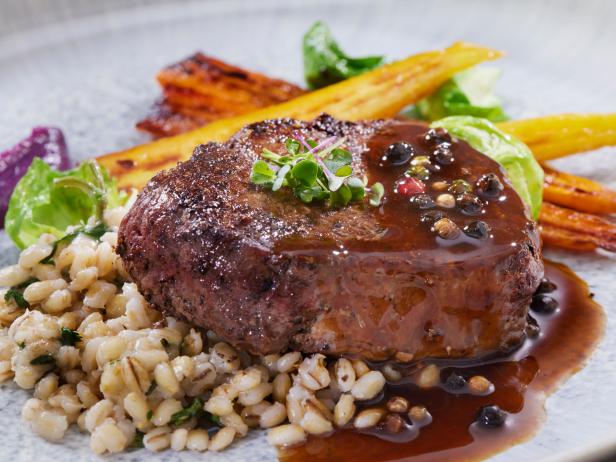
LauriPatterson/Getty Images
By Fraya Berg for Food Network Kitchen
Fraya is a chef and a writer at Food Network.
You’ve seen fond and you’ve made fond, you just may not have known that's what it was called. In French, fond means base, and refers to the browned bits of food in a pan after food has been roasted or sautéed. Read on for more info on how to harness the power of a fond.
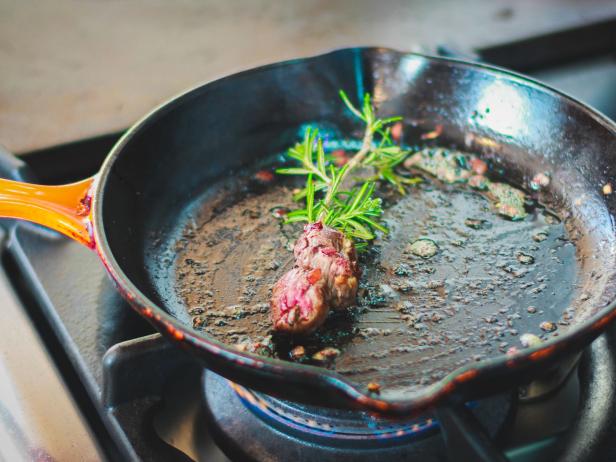
kolderal/Getty Images
What Is Fond?
As we've discussed, the term fond refers to the caramelized bits left in the bottom of a pan after you've browned meat or vegetables. Heat changes proteins and carbohydrates in ways that make them fall apart and regroup in browned, flavorful bits. When you sear a steak, you are creating a flavorful crust on the meat itself via a process called the Maillard reaction: the breaking down of the protein. As the temperature in the pan increases, the carbohydrates in meat will caramelize, adding more browning. Likewise, when you bake chicken or turkey, the juices drip down and transform into fond on your roasting pan. When vegetables brown, that's due to caramelization. Either way, when you deglaze a fond by adding a small amount of liquid and scraping the bottom of the pan, it adds lots of flavor to sauces, soups, braises or other dishes.
How to Develop the Most Flavorful Fond
Choose the Right Pan
Fond needs a surface to cling to, so a nonstick pan is not the right surface. Plus, you can't cook over high heat with nonstick, so you won't get much browning on food. Instead, use stainless steel, cast iron or enameled cast iron (like a Dutch oven).
Don't Burn the Fond
It’s important to not overheat the pan you’re using, otherwise the fond will burn. Burnt fond is black and tastes really bitter, so if your fond turns black, don’t use it. Here's how to avoid overcooking it: turn the heat off as soon as you start removing the meat or vegetables from the pan (instead of leaving the heat on as you're transferring the food to a cutting board or the oven).
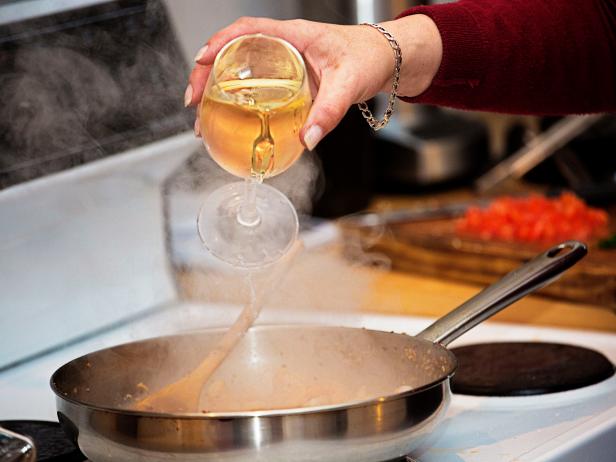
brazzo/Getty Images
How to Deglaze a Pan
Deglazing the pan is how you will harness the fond you created. As soon as you finish cooking your meat or vegetables, remove them from the pan and immediately add any sort of liquid (wine, broth, stock, juice or even water) to the hot pan. As the liquid sizzles, firmly scrape the bottom of the pan with a wooden spoon. The brown bits will easily lift from the bottom of the pan. Now you can start making a sauce.
How to Make Pan Sauce
While making gravy takes time, making a pan sauce takes just 4 to 5 minutes. Follow these easy steps to use the fond in your pan to make a restaurant-worthy pan sauce.
- Heat the pan over medium. Since you remembered to take the pan off the heat so you didn’t burn your fond, the first thing you need to do is heat it up again.
- Sautee vegetables. If you’re going to add shallots or anything else, leave some fat in the pan so you can saute the vegetables.
- Add deglazing liquid. If you’re using wine, add that first and cook it until its mostly reduced. Then add stock or broth, and as it comes to a boil, use a flat wooden spatula or a wooden spoon to scrape the fond off the bottom of the pan and into the liquid. You’ll be adding twice as much liquid as the amount of sauce you need because you’ll be reducing it by half.
- Reduce the liquid by half. Turn up the heat and simmer the sauce at almost a boil to reduce it by half.
- Add butter. When it’s reduced, turn off the heat and add a knob of cold butter: that means about 1 tablespoon. You want the butter to be cold so it doesn’t melt and separate; you want it to be just melted so it stays suspended in the sauce.
- Season the sauce with salt and pepper. Taste and season the sauce with salt and pepper. Spoon the sauce over the meat or vegetables you’re serving it with.
Sauce Recipes that Start with Fond
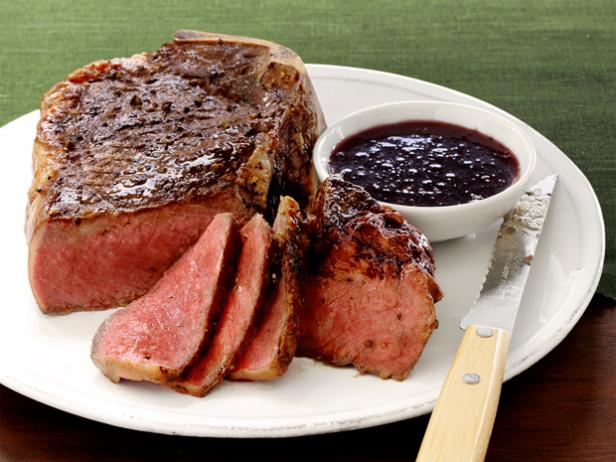
This recipe teaches you how to make the classic shallot and wine sauce served at steakhouses. Stay home, save money and make it yourself in just a few steps.

Tara Donne, Tara Donne
Chicken Piccata is usually the first pan sauce people learn how to make: the chicken cooks quickly and the sauce is simple.

Renee Comet
Here’s a good example of how to use the pan drippings that accumulate in a roasting pan to create a flavorful, fast sauce.
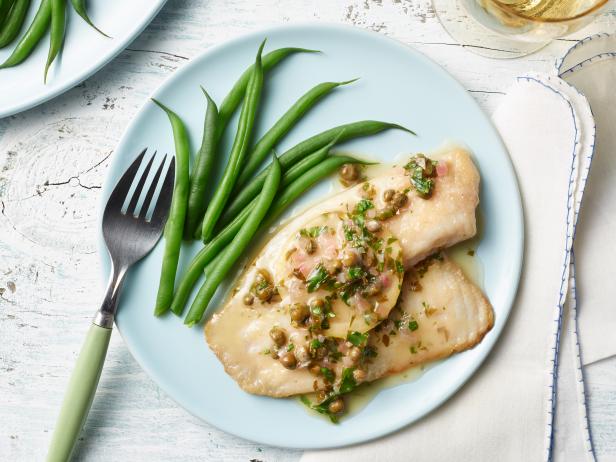
Renee Comet
This flourless sauteed fish dish has all the flavor of piccata (white wine, lemon, capers and shallot) - so you'd never know it's gluten-free. You’ll have it on the table in less than 25 minutes.

Anna Williams
Bone-in chicken breasts give you the juiciest chicken when you roast them in the oven. If you’ve never used them, give them a try.
Related Links:
























